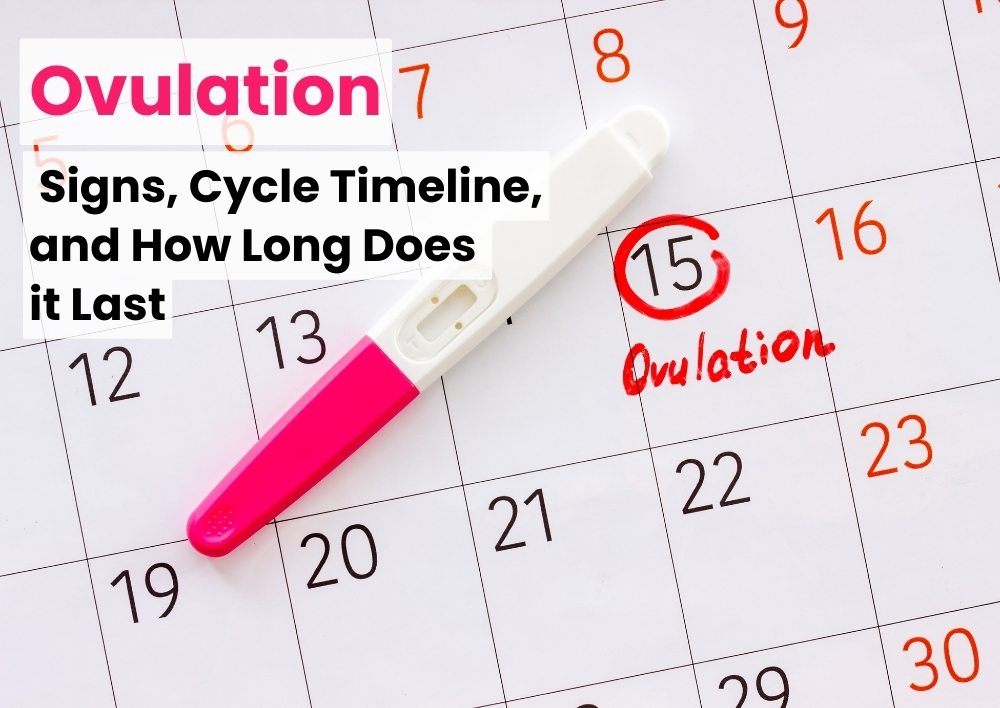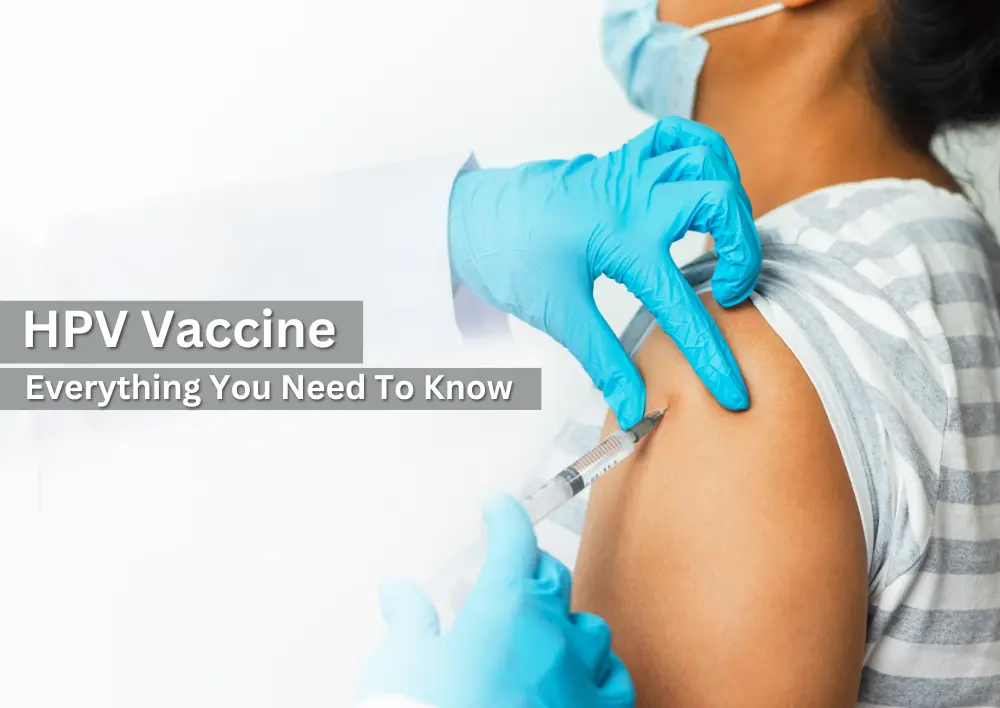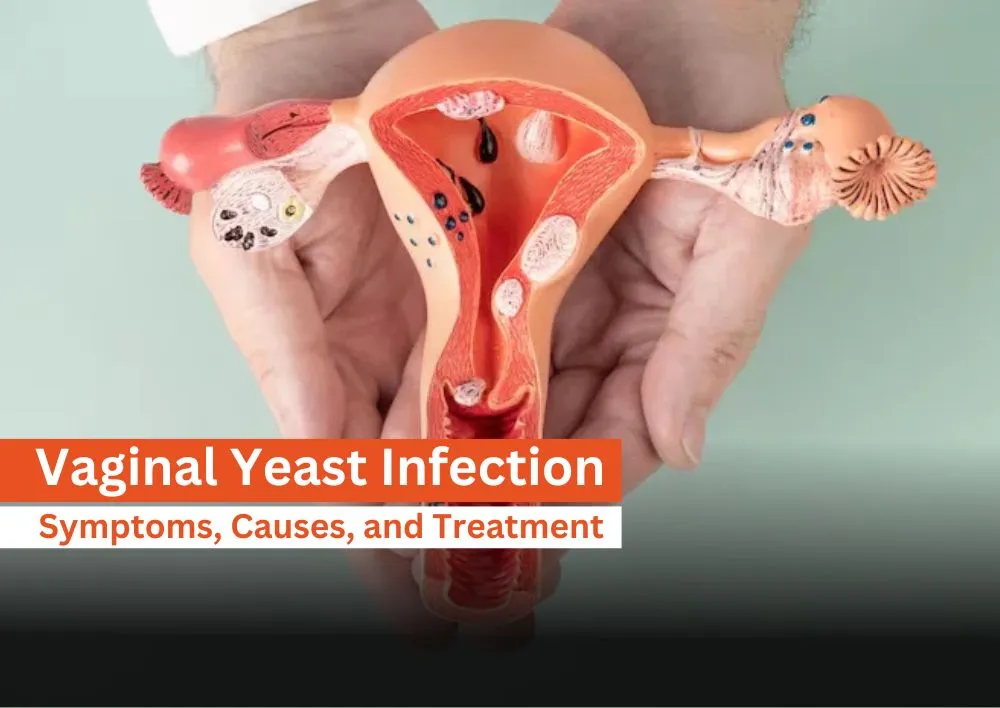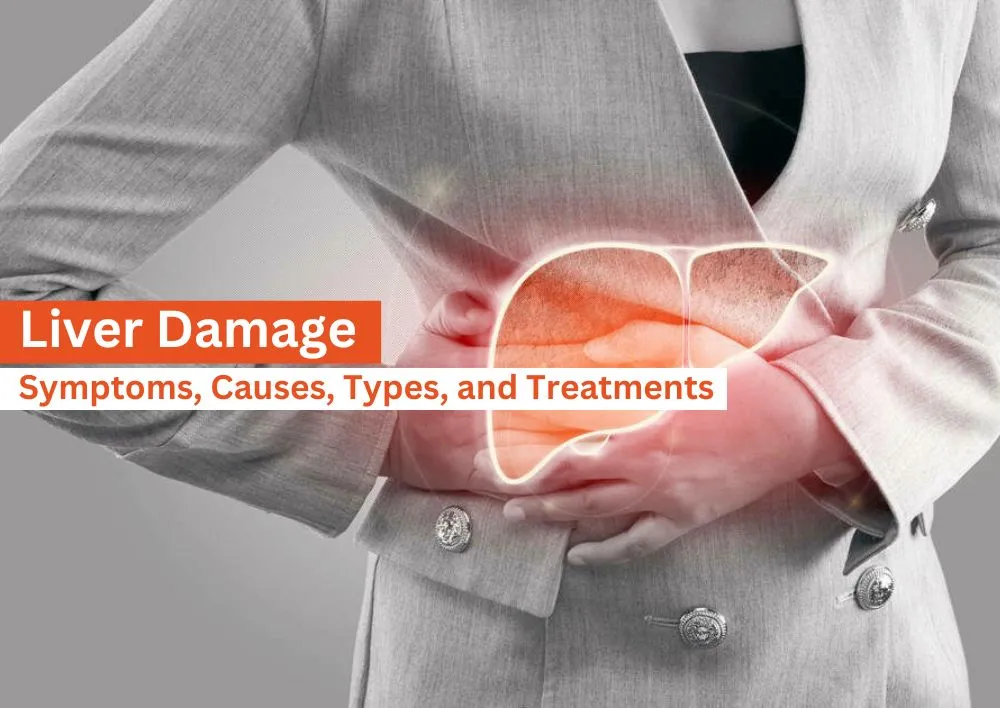Ovulation: Signs, Cycle Timeline, and How Long Does it Last
Have you ever wondered when your body is at its most fertile? If you're looking to decode the mystery of ovulation, you have come to the right place. Understanding ovulation isn’t just for those trying to conceive. It’s a window into your body’s amazing natural rhythms. So, let’s dive into the signs, symptoms, cycle timeline, and just how long ovulation lasts.
What Exactly Is Ovulation?
According to the leading infertility specialist in Gurgaon at Miracles Fertility & IVF clinic, every month, your body gears up for a small event with huge implications called ovulation. This is when a mature egg makes its grand entrance from one of your ovaries, ready for its shot at meeting sperm and potentially creating new life. If no sperm shows up, the egg quietly deteriorates, and your menstrual cycle marches on. But for those important hours, your body is all about fertility.
The Ovulation Timeline: When Does It Happen?
Timing is everything when it comes to ovulation. Here is a timeline of ovulation:
-
Menstrual Phase (Day 1-5): The cycle starts with your period. Your body clears out the old uterine lining, making way for a fresh start.
-
Follicular Phase (Day 1-14): This is prep time. Follicles in your ovaries start maturing, each carrying a potential egg. Meanwhile, estrogen levels rise, thickening your uterine lining to create the perfect nesting spot for a fertilized egg.
-
Ovulation Period(Around Day 14): One follicle releases its egg in a dramatic hormonal surge. This is ovulation.
-
Luteal Phase (Day 15-28): After ovulation, the follicle becomes the corpus luteum, producing progesterone to keep your uterine lining ready. If fertilization doesn’t happen, hormone levels drop, and your period begins again.
Spotting the Signs: How to Know You are Ovulating
Your body isn’t shy about signaling when ovulation is happening. Here’s what to watch for:
-
Cervical Mucus Changes: As ovulation nears, your cervical mucus morphs into a clear, stretchy, egg-white-like consistency. This slippery environment is the sperm’s best friend, helping it swim up to meet the egg.
-
Temperature Rise: Ever heard of basal body temperature (BBT)? It’s your lowest body temperature at rest. After ovulation, it slightly rises, thanks to increased progesterone. Track it daily to catch that subtle shift.
-
Ovulation Pain: Some women feel slight cramps on one side of their lower abdomen during ovulation. This fleeting discomfort, called Mittelschmerz, is like a wink from your ovary.
-
Increased Libido: Feeling extra energetic? You’re not imagining it. A surge in hormones around ovulation often boosts your libido—nature’s way of nudging you toward conception.
-
Breast Sensitivity: Hormonal changes can make your breasts feel more tender or sensitive around ovulation.
-
Heightened Senses: Some women report a sharper sense of smell during ovulation.
-
Cervical Position: During ovulation, your cervix becomes softer, higher, and more open like rolling out the welcome mat for sperm. While it takes practice to check, it’s another clear ovulation sign.
How Long Does Ovulation Last?
Ovulation is over in a flash, lasting just 12 to 24 hours. That’s your egg’s time to shine is quick. But don’t worry; your fertile window is more generous. Sperm can hang out in your reproductive tract for up to 3 days.
Ovulation Calculator: How to Calculate Your Ovulation Day
Nailing down your ovulation day isn’t as tricky as it sounds. Here’s a simple guide:
-
Track Your Cycle: First, get familiar with your cycle length. Using an ovulation tracker, track your period for a few months to identify the average number of days from one period to the next.
-
Count Back 14 Days: Ovulation generally happens 14 days before your next period. If you have a 28-day cycle, ovulation likely occurs around day 14. For a 32-day cycle, it’s around day 18.
-
Use Ovulation Detection Kits: Also known as ovulation prediction kits (OPKs) detect the luteinizing hormone (LH) surge that triggers ovulation, giving you a heads-up that your egg is on its way.
-
Watch Your Symptoms: Combine cycle tracking with the physical signs of ovulation we covered earlier to zero in on your fertile days.
The Fertile Window: Your Best Chance to Conceive
Timing is everything when it comes to conception. Your fertile window is a golden opportunity. Having sex during the days leading up to ovulation ensures sperm is ready and waiting for the egg. Your egg sticks around for just 12-24 hours. Right-time intercourse can be the best shot at conception.
Factors That Can Mess with Ovulation
Not everything goes according to plan. Here are some factors that can throw ovulation off track:
-
Stress: High stress can delay or even halt ovulation by disrupting your hormone levels.
-
Weight Fluctuations: Being significantly underweight or overweight can mess with your hormonal balance, affecting ovulation.
-
Polycystic Ovary Syndrome (PCOS): PCOS is a common condition that can cause irregular ovulation or even stop it altogether.
-
Thyroid Disorders: Both underactive and overactive thyroids can interfere with ovulation.
-
Aging: As you age, the quality and quantity of your eggs decrease, making ovulation less predictable.
Tips for Boosting Ovulation and Fertility
Want to increase your chances of conception? Try these tips:
-
Eat for Fertility: A nutrient-rich diet full of leafy greens, nuts, seeds, and lean proteins supports hormone balance and ovulation.
-
Chill Out: Managing stress through yoga, meditation, or regular exercise can help keep your cycle on track.
-
Stay in Shape: Maintaining a healthy weight supports regular ovulation.
-
Quit Smoking and Alcohol: Both can negatively impact your fertility.
-
Consider Supplements: Prenatal vitamins, folic acid, vitamin D, and omega-3 fatty acids can all give your fertility a boost.
When to Seek Help?
If you have been trying to conceive for over a year without success (or six months if you’re over 35), it’s time to consult a fertility specialist near you. Conditions like PCOS, thyroid disorders, or age-related factors might need medical intervention to help you ovulate and boost your chances of getting pregnant.
Conclusion:
Ovulation is a small but mighty part of your reproductive cycle. Whether you are planning a pregnancy or just want to understand your body better, knowing when and how ovulation happens is key. By tuning into the signs, tracking your cycle, and considering any factors that might disrupt it, you can take charge of your reproductive health. Remember, every woman’s cycle is unique, so listen to your body and don’t hesitate to seek advice if something doesn’t feel right. So, there is everything you need to know about ovulation. Now, go forth and track those fertile days with confidence.






_in_Pregnancy.webp)






Was the information useful?
0 0